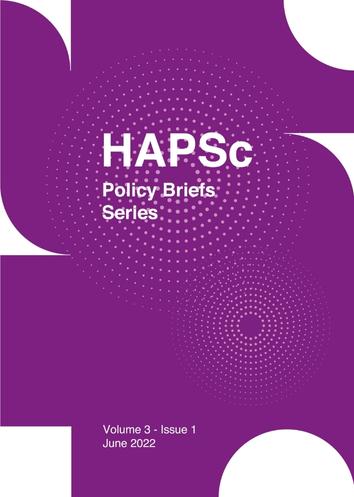The Competition between the US and China for AI Dominance
Аннотация
This article aims to comparatively study the strategic approaches of the two superpowers, in conquering Artificial Intelligence (AI) with a focus on American innovation in private sector leadership, to maintain superiority, relative to the People's Republic of China, and their focus on state-supported projects, merging military and civilian AI applications with strong national policies that also aim at AI superiority. By mapping the context of the technological race for leadership between the United States and the People's Republic of China, this paper will illustrate why the current competition is decisive and characterized primarily by the speed of AI development.
Article Details
- Как цитировать
-
Meleouni, C., & Giannou, C. (2025). The Competition between the US and China for AI Dominance. HAPSc Policy Briefs Series, 6(1), 127–133. https://doi.org/10.12681/hapscpbs.43197
- Раздел
- Articles

Это произведение доступно по лицензии Creative Commons «Attribution» («Атрибуция») 4.0 Всемирная.
Authors retain copyright and grant the journal right of first publication with the work simultaneously licensed under a Creative Commons Attribution License that allows others to share the work with an acknowledgement of the work's authorship and initial publication in this journal.



